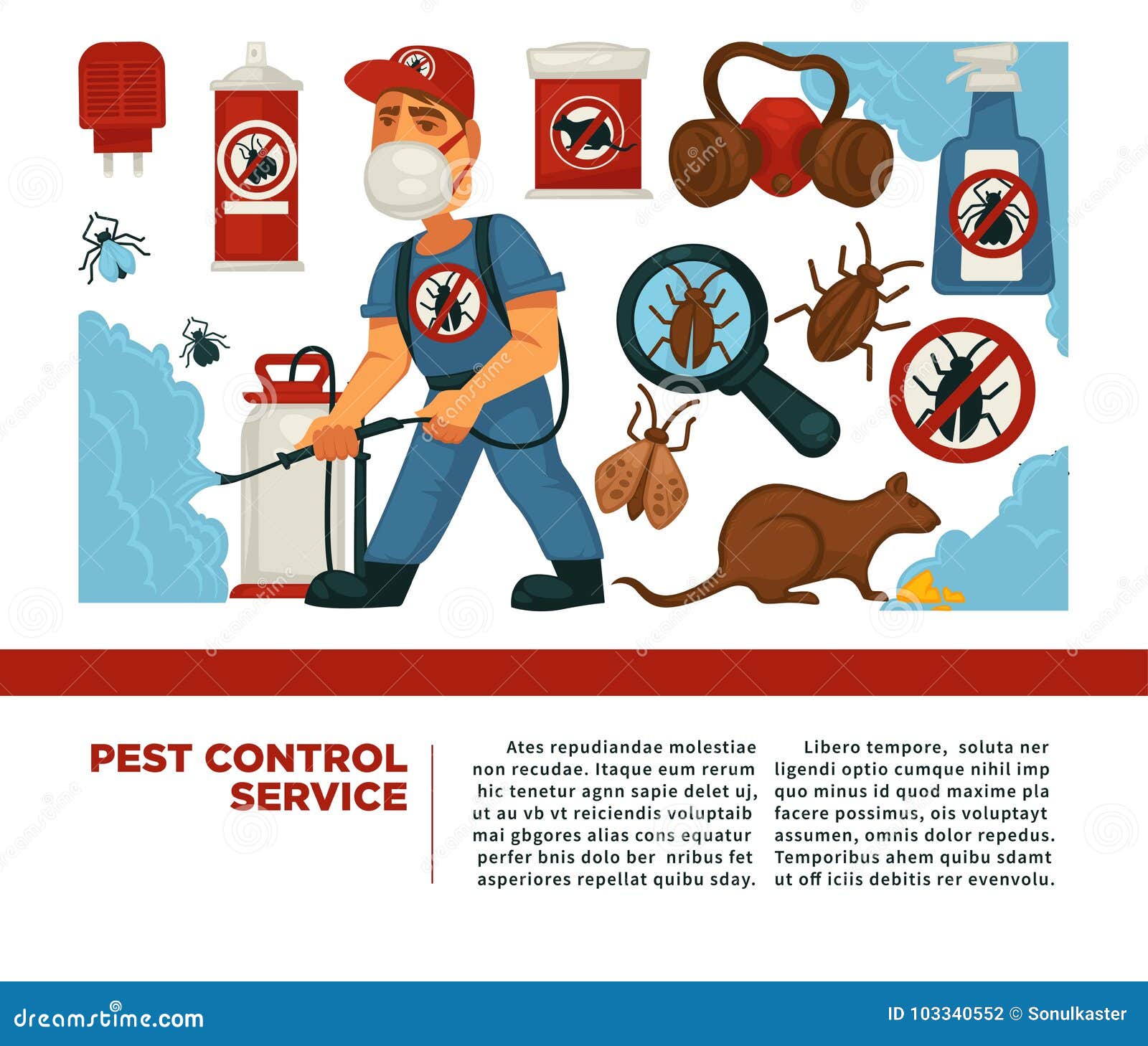Pest management has come a long way over the years, evolving from traditional methods to innovative strategies that focus on sustainability and effectiveness. As we look to the future, it is essential to recognize the advancements on the horizon that promise transform the way we manage pests in our homes and establishments. With an rise in awareness about sustainable practices and the impact of pests on health and property, the need for effective pest control solutions is higher than ever.
In this article, we will explore the most recent innovations in pest control, tackling common issues and highlighting the tools and methods that can maintain your homes pest-free throughout the year. From understanding why DIY pest control often fails to exploring the dangers posed by persistent invaders like cockroaches and bedbugs, we aim to equip you with the information needed to protect your home. Whether you are contending with seasonal pests or looking for pet-safe and green options, our comprehensive guide will highlight the future trends that could redefine how we protect our spaces from undesirable guests.
Grasping Common Bugs
Typical household pests can disrupt the ease of our living spaces and pose health risks. Among the most encountered are ants, roaches, and mice. Ants are often found in kitchens, drawn by food sources, while roaches tend to prosper in humid, shadowy spots. Rodentia, including small rodents and rats, seek shelter and food inside homes, especially during the winter season.
A further set of pests includes bed bugs and subterranean insects. Cimex can cause discomfort and sleepless nights, as they hide in mattresses and upholstered items, emerging at night to feed on people's blood. Termites, on the other hand, can silently cause damaging effects to a home, feeding on lumber and compromising its stability without immediate signs of their existence.
Seasonal pests such as Aedes and Culex, hymenopterans, and spiders also require care. Mosquitoes breed in stagnant water and can make outdoor events unpleasant, while vespid insects build nests near homes, posing a hazard to individuals with reactions. Web-weaving arachnids, though usually harmless, can be uninvited guests, and their presence frequently signals the availability of other pests they prey upon. Knowing these common pests is crucial for effective protection and control strategies.
Expert vs. DIY Pest Control
In the realm of pest control, many homeowners face the challenge of whether to handle the problem independently or call in specialists. Do-It-Yourself pest control methods often attract homeowners due to their perceived simplicity and low cost. Common household items and various over-the-counter remedies are marketed as quick solutions. However, while some do-it-yourself methods can provide temporary relief, they often lack the efficacy needed to eliminate pests completely. Without a comprehensive understanding of the pest’s behavior and lifecycle, it is easy to misdiagnose the issue and apply ineffective treatments.

On the other hand, professional pest control services bring knowledge and specialized equipment to the table. Licensed pest control technicians have extensive training in identifying different pests and understanding their behavior. They can assess the severity of an invasion and provide customized solutions that address the specific pest problem effectively. Furthermore, industry professionals are knowledgeable about safety measures and can apply treatments that are safe for both the residents and the environment. Their ability to monitor pest patterns can avert future infestations, making the investment worthwhile in the long run.
Ultimately, the choice between DIY and professional pest control hinges on the size of the infestation and the homeowner’s comfort level with managing pest problems. For This Site , DIY solutions might work, but in the case of persistent or severe infestations, professional assistance is often the safer option. As misconceptions about pest control persist, it is vital to understand that effective pest management often requires knowledge beyond what most homeowners have.
Seasonal Pest Prevention Strategies
As the seasons change, so do the types of pests that invade our houses. In the springtime, common household pests like ant colonies and termites start to emerge, seeking nourishment and breeding sites. To stop directory , it's important to seal any gaps and openings around the base and windows, and to eliminate standing pools where these pests might multiply. Regularly checking your home for signs of moisture can also deter pests that thrive in wet environments.
During the warm months, pests such as mosquitoes and stinging insects become more prevalent. To enjoy your outdoor spaces without the nuisance of bugs, consider using natural pest control solutions like citronella candles and aromatic oils. Moreover, keeping your yard tidy and clear of debris can cut down on shelter for insects. Installing screens on window openings and doors can also help keep bugs out while allowing fresh air in.
As fall approaches, rodents begin seeking warmth and shelter in houses. To protect your home from these fall pests, focus on pest-proofing by closing off entry points, such as openings around plumbing and vents. Furthermore, storing firewood away from the house and storing food in tight containers will discourage rodents and other pests from invading your home for the winter. Frequent inspections and preventative measures throughout the year can guarantee a pest-free space as the seasons change.
